(CLO) Looking back at the years of the Snake in the nation's history, besides political and diplomatic events and early wars against foreign invaders, there are also many valuable lessons about communication.
The first year of the Snake associated with our country's short-lived autonomy during a thousand years of Chinese domination was the year of the Snake, 549, when Trieu Viet Vuong ascended the throne.
At that time, our army and people were in a resistance war against the invading Liang army, which had lasted for 5 years, starting in 545, when the Liang king sent Duong Phieu and Tran Ba Tien to lead troops to attack our country, and King Ly Nam De had to flee to hide in Khuat Lao cave (now in Tam Nong district, Phu Tho).
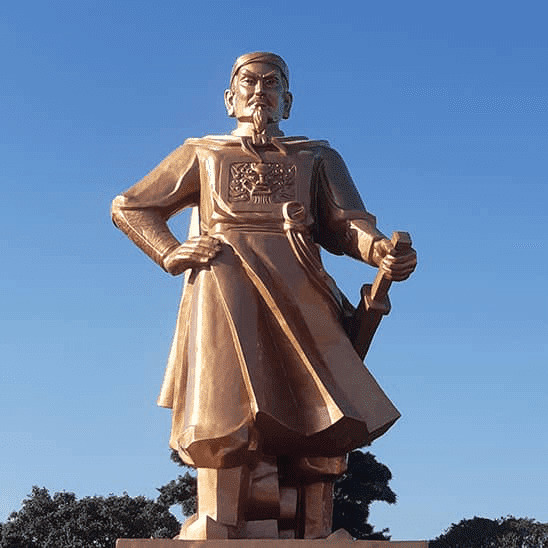
King Le Hoan - Photo: LTL
Year of the Snake (549) – the story of the dragon claws of Trieu Viet Vuong
In the spring of Mau Thin year (548), Ly Nam De stayed in Khuat Lao cave for a long time, because of the miasma of Lam Son mountain, he became ill and died. According to "Dai Viet Su Ky Toan Thu", in the year Ky Ty (549), General Trieu Quang Phuc was in Da Trach lagoon (Khoai Chau district, Hung Yen), seeing that the Liang army did not retreat, he "burned incense and prayed to the gods of heaven and earth" and then took over from Ly Nam De to lead the army and people to fight the enemy. After defeating Tran Ba Tien's army, Trieu Viet Vuong moved to Long Bien citadel.
From then on, it was associated with the legendary story recorded in "Complete Book" that: "At that time, the king was given a magical helmet with a dragon claw to fight the enemy. From then on, the Qing army became famous, and no one could defeat it wherever it went."
The historians of the Le Dynasty also added a note saying: "According to legend, the god in the village, Chu Dong Tu, often rode a dragon down from the sky, gave the dragon's claws to the king, and told him to put them on his helmet to fight the enemy."
After that, the ending of Trieu Viet Vuong was similar to the story of An Duong Vuong and My Chau - Trong Thuy in the past, with the story of Ly Phat Tu letting his son Nha Lang marry Trieu Viet Vuong's daughter Cao Nuong, asking to live with his wife and tricking his wife to exchange for the king's stolen dragon claws, then Ly Phat Tu's army ambushed and caused Trieu Viet Vuong to be defeated.
When compiling the official history, historian Ngo Si Lien wrote down his question below, which was also an important topic in the media throughout the feudal period: Why did Trieu Viet Vuong's daughter, after marrying Nha Lang, still stay in his house, sending her to her husband's house (as was the custom from the Qin Dynasty in China) until she was defeated? Because this was clearly not a custom of our country, was the story just created to explain and downplay the reason for King Trieu's failure?
In addition to this legendary story, the entire story of Trieu Viet Vuong is also a historical question. When compiling the “Complete Book”, the historians of the Le Dynasty noted: “Considering the old history (possibly the “Dai Viet Su Ky” compiled by Le Van Huu during the Tran Dynasty), there was no record of Trieu Viet Vuong and Dao Lang Vuong. Now, picking up from Wild History and other books, we begin to record the title of Viet Vuong and supplement it with Dao Lang Vuong.”
The following year of the Snake also marked the beginning of the independence and autonomy of the Dinh Dynasty. In the year of Mau Thin (968), King Dinh Tien Hoang ascended the throne, named the country Dai Co Viet, established the capital in Hoa Lu, began to build citadels, dig moats, build palaces, and establish court ceremonies.
In the year of Ky Ty (969), the king appointed his eldest son Dinh Lien as King of Nam Viet. The following year (Canh Ngo 970), he continued an important task of an autonomous government: setting the reign name as Thai Binh year 1. According to old history, our country started to have a reign name from this time, therefore, the fact that King Ly Nam De had previously set a reign name is also a matter that needs to be considered. After that, the king also sent an envoy to the Song dynasty to establish good relations. In the year of Tan Mui (971), the Dinh dynasty began to regulate the ranks of civil and military officials, monks and nuns.
Therefore, historian Le Van Huu commented: "The king founded the country, built the capital, changed the title to emperor, appointed hundreds of officials, established six armies, and had a nearly complete regime. Perhaps it was the will of heaven for our Vietnamese country to give birth to a sage to continue the national tradition of Trieu Vuong?"
Tan Ty (980) first victory on Bach Dang River
After King Dinh Tien Hoang passed away, King Dinh Toan was young and in danger of the Song army invading, the generals and soldiers of the court were of one mind and Queen Mother Duong Van Nga agreed to enthrone General Le Hoan as emperor. That event happened in the middle of the year Canh Thin (980).
According to the Complete Book, right after ascending the throne, King Le Hoan changed the reign name to Thien Phuc. In the year Tan Ty, the second year of Thien Phuc (981), an extremely glorious event occurred, the first victory on Bach Dang River. Thanks to the king's strategy of planting stakes to block the river and ordering soldiers to pretend to surrender, the army and people of Dai Co Viet defeated the invading Song army. More than half of the enemy troops died, General Hau Nhan Bao was captured and beheaded, and the enemy generals Quach Quan Bien and Trieu Phung Huan were captured alive and brought back to Hoa Lu.
History books wrote that from the year of Tan Ty: "From then on, the country was very peaceful. The courtiers offered the title of Minh Can Ung Van Than Vu Thang Binh Chi Nhan Quang Hieu Hoang De".
Therefore, historian Le Van Huu praised King Le Hoan: "Le Dai Hanh killed Dinh Dien, captured Nguyen Bac, captured Quan Bien, Phung Huan as easily as herding children, as ordering slaves, in less than a few years the country was settled, the victory in defeating even the Han and Tang dynasties could not surpass. Someone asked: Dai Hanh or Ly Thai To, who was better? The answer was: In terms of eliminating internal traitors, defeating external enemies, strengthening our Viet country, and showing off to the Song people, Ly Thai To was not as good as Le Dai Hanh, whose achievements were more arduous".
In the year At Ty, the 12th year of Ung Thien (1005), in March, King Le Hoan passed away in Truong Xuan palace, called Dai Hanh Hoang De, then used as the temple name without changing, the king's body was buried in the mausoleum of Truong Yen district (Hoa Lu, Ninh Binh today). This is a detail that the media thousands of years later still has not overcome.
Because as analyzed by Le Van Huu: "When the Emperor and Empress first passed away, before being buried in the mausoleum, they were called Dai Hanh Emperor and Dai Hanh Empress. When the mausoleum was in peace, they gathered their ministers to discuss whether their virtues were good or bad to give them the posthumous names of so and so Emperor and so and Empress, and they were no longer called Dai Hanh. How did Le Dai Hanh use Dai Hanh as his posthumous name and pass it on to this day? Because Ngoa Trieu was an unfilial son, and there was no Confucian minister to help discuss the posthumous name, that's why."
That is the reason why, until today, history books still record the king's posthumous name as Le Dai Hanh, and in localities, streets are named after Le Dai Hanh, even though this is both inaccurate and disrespectful to ancestors.
The years of the Snake in the Ly Dynasty: Continuous "dragon omen"
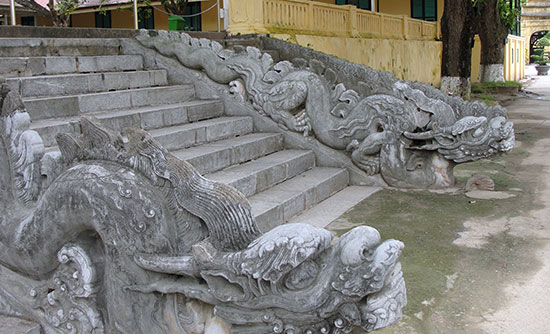
Ly Dynasty history records the story of a dragon appearing on the threshold of Can Nguyen Palace (now the foundation of Kinh Thien Palace) - Photo: Document
During the Ly Dynasty, there were also prominent stories about communication that occurred in the years of the Snake, such as during the reign of Ly Thai Tong, in the year of the Snake, the second year of the Thien Thanh era (1029), history recorded several mysterious events, auspicious signs, such as in the 5th month, "there were signs of gods appearing at Thang Nghiem pagoda", then in the 6th month, "a dragon appeared at the Can Nguyen palace".
Perhaps, the dragon appearing on the old palace foundation was part of King Ly Thai Tong's "communication plan", because after this event, the king told his attendants: "I destroyed that palace and leveled the foundation, but the divine dragon still appeared. Perhaps that was a good land, where great virtue flourished, in the middle of heaven and earth?".
After that, the king ordered the construction of Thien An palace on the old foundation of that palace, then built Tuyen Duc and Dien Phuc palaces on both sides, the front step of the palace was called Long Tri (dragon step), to the east of the dragon step was Van Minh palace, to the west was Quang Vu palace, on the left and right sides of the dragon step were bell towers facing each other so that people who had unjust lawsuits could ring the bell... The dragon sign now made the old Can Nguyen palace area the most important center of the Ly dynasty from then on, and existed throughout the Tran, Le, and Nguyen dynasties, now the Kinh Thien palace area in the Thang Long Imperial Citadel.
That year of Ky Ty, as well as many other years during the early Ly dynasty, many strange stories were recorded in official history, such as in August there was the story of "Chau Hoan offering unicorns" and in October, on the first day, there was the incident of "the sky raining white rice in piles in front of the steps of Van Tue pagoda".
Or during the reign of King Ly Nhan Tong, in the year At Ty, the 6th year of Thien Phu Due Vu (1125), history recorded the continuous appearance of dragons, such as in June, "the king went from Ung Phong palace to Ly Nhan palace, the Royal Secretary Mau Du Do obeyed the order and announced to the officials inside and outside that a golden dragon appeared in the secret palace of the palace, only the palace maids and eunuchs could see it". In November, it was recorded that "a golden dragon hovered at the longevity tower in Dong Van".
The dragons appearing throughout the capital, the palaces, even the royal palace and the king's boat, shows that this was indeed a favorite propaganda tactic of the Ly kings, but it was no longer recorded during the Tran dynasty, and only recorded once during the Le dynasty.
Therefore, later, historian Ngo Si Lien commented: “In the ancient favorable era, the king knew how to keep faith and achieve harmony, reaching the level of moderation, so at that time heaven did not spare the way, earth did not spare treasures, sweet dew followed the sand, fragrant wine flowed from the streams, grass only grew, and auspicious objects such as dragons, phoenixes, turtles, unicorns, everything came. During Ly Nhan Tong's time, why were there so many auspicious objects? It was because the king liked them, so his subjects offered them indiscriminately.”
The comment of the historian Ngo in the Le dynasty left a lesson for future readers of history: Do not flatter just because your superiors like you!
Ngo Thi Si, when compiling "Dai Viet Su Ky Tien Bien", also commented: "In the historical section of Ly Nhan Tong's reign, the old history records that the golden dragon appeared 10 times, but to say that the golden dragon appeared at Ly Nhan palace this year (1125) is an excessive act of self-deception.
As for King Tu Duc, when reading the manuscript of the history book "Imperial Compilation of Complete Annals of Vietnam", he saw that there were too many "dragon omens" in the Ly Dynasty, so he also used a red pen to comment: "The pen of the old history books recorded good omens endlessly, but at the same time, there were also many bad omens, so what use is that?"
At Ty (1365): Thieu Thon's injustice is over

Thieu Thon Temple in Dong Son, Thanh Hoa - Photo: LTL
During the Tran Dynasty, there was a rather interesting story that took place in the year At Ty, during the reign of King Tran Du Tong, the 8th year of Dai Tri (1365), showing that in any era, the power of public opinion plays an important role in the decision-making of monarchs.
"Complete Book" records that at that time there was a general named Thieu Thon from Thanh Hoa (he was from Dong Tien commune, Dong Son district, Thanh Hoa), holding the position of Lang Giang defense envoy, commanding Lang Giang army, stationed at Dong Binh river, skillful in appeasing soldiers, everyone in the army liked him.
Later, because his younger brother was arrogant and did wrong things, he was implicated and lost his position. The army felt sorry for him and wrote a song about him: "Heaven did not see the injustice, Mr. Thieu lost his position". When he was preparing to leave, the army wrote a song: "Mr. Thieu returned, my heart was broken". When the court heard about this, they restored his position, and the army wrote a song: "Heaven saw the injustice, Mr. Thieu became an official again".
Thus, the feelings of the soldiers at the border reached the court, allowing Thieu Thon to clear his name. Unfortunately, Thieu Thon passed away not long after. He was appointed by King Tran Du Tong as "Khai Quoc Cong Than Phu Quoc Thuong Tuong Quan, Thuong Te Kiem Truong Kim Ngo Ve", was brought back to be buried and a temple was built in his hometown, and to this day the temple is still regularly worshiped by the people.
Those who have contributed to the country, the people, and the soldiers will always be worshiped and respected like that.
Le Tien Long
Source: https://www.congluan.vn/cau-chuyen-truyen-thong-qua-nhung-nam-ty-trong-lich-su-post332336.html


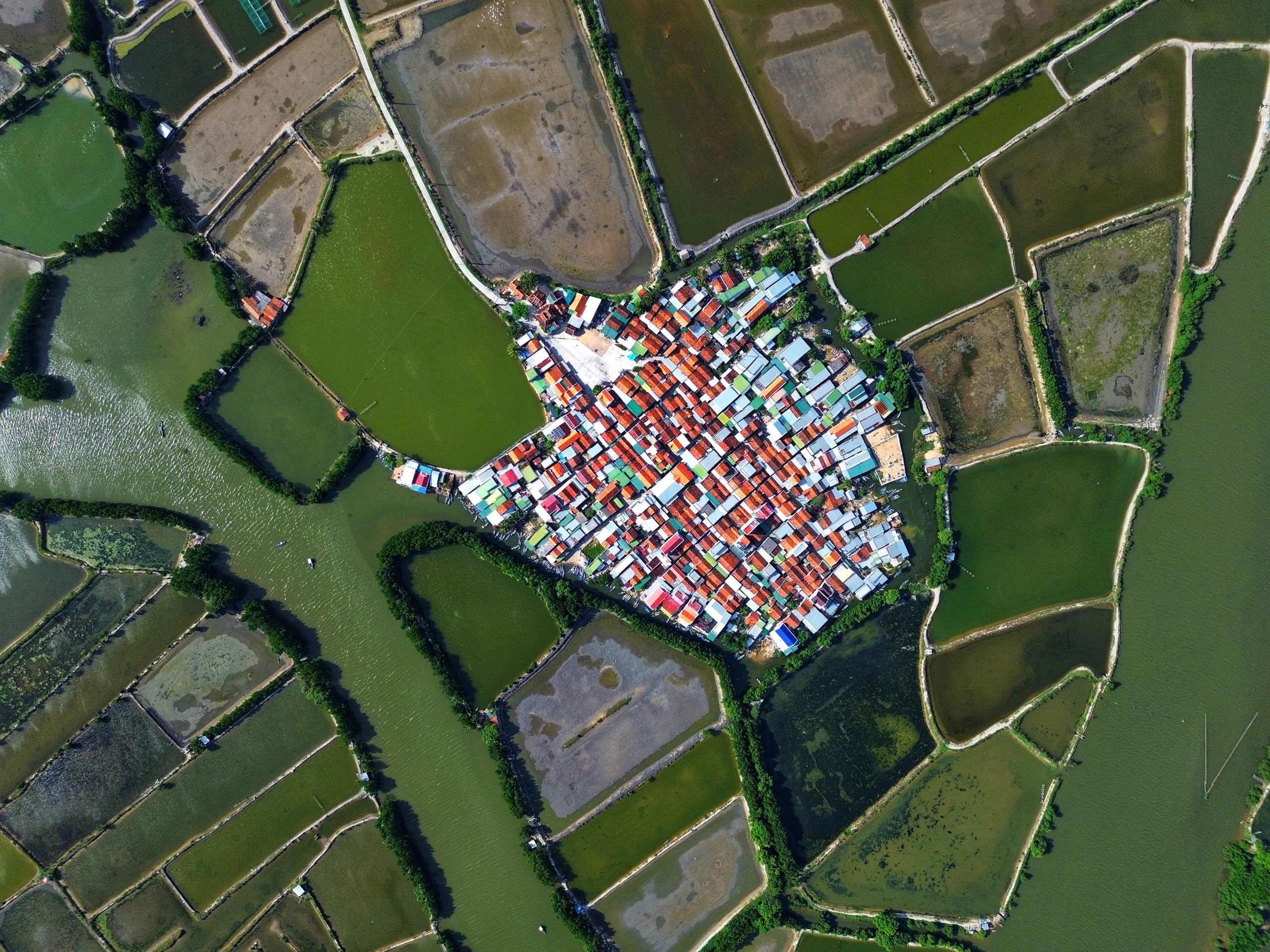
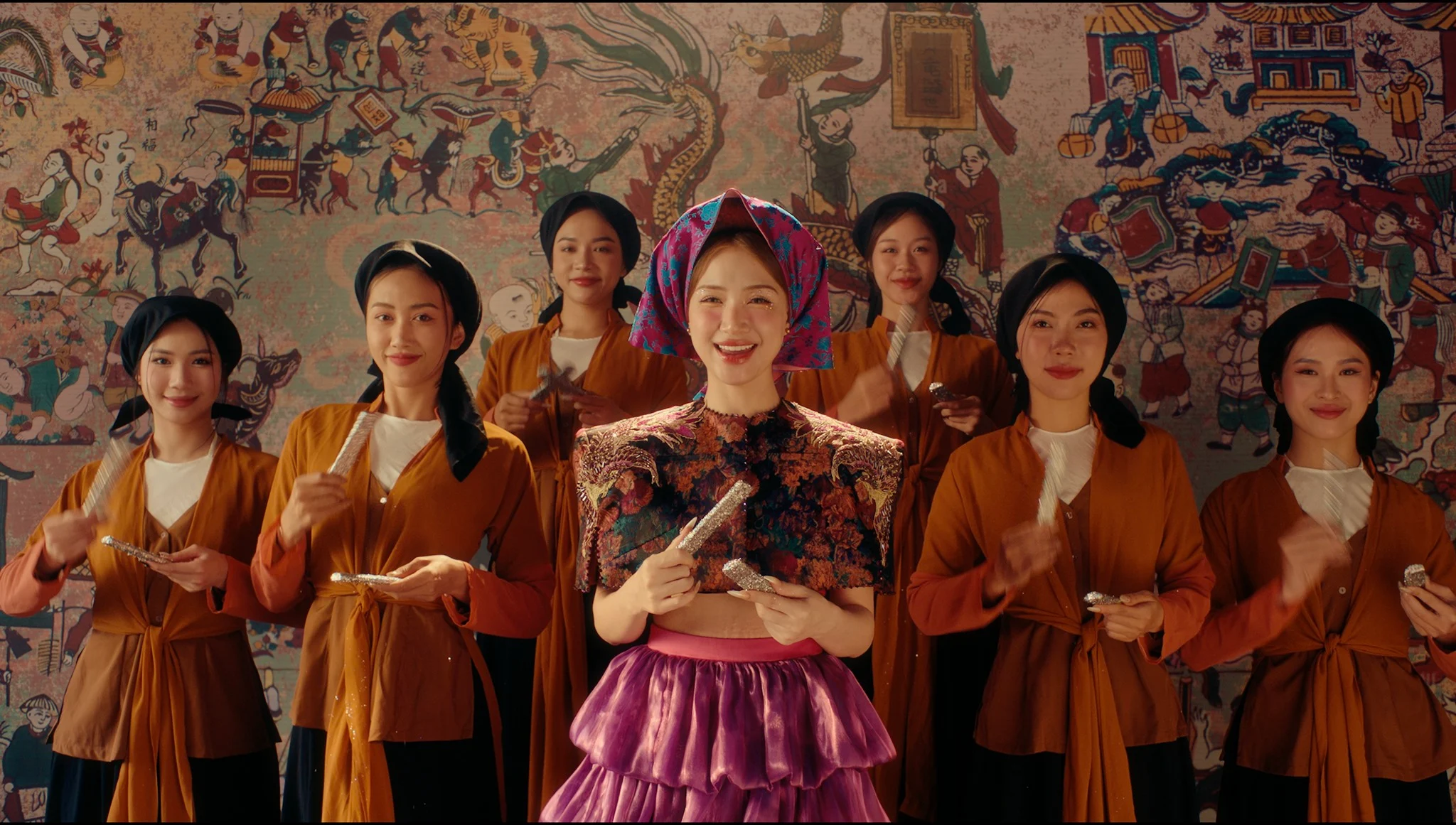


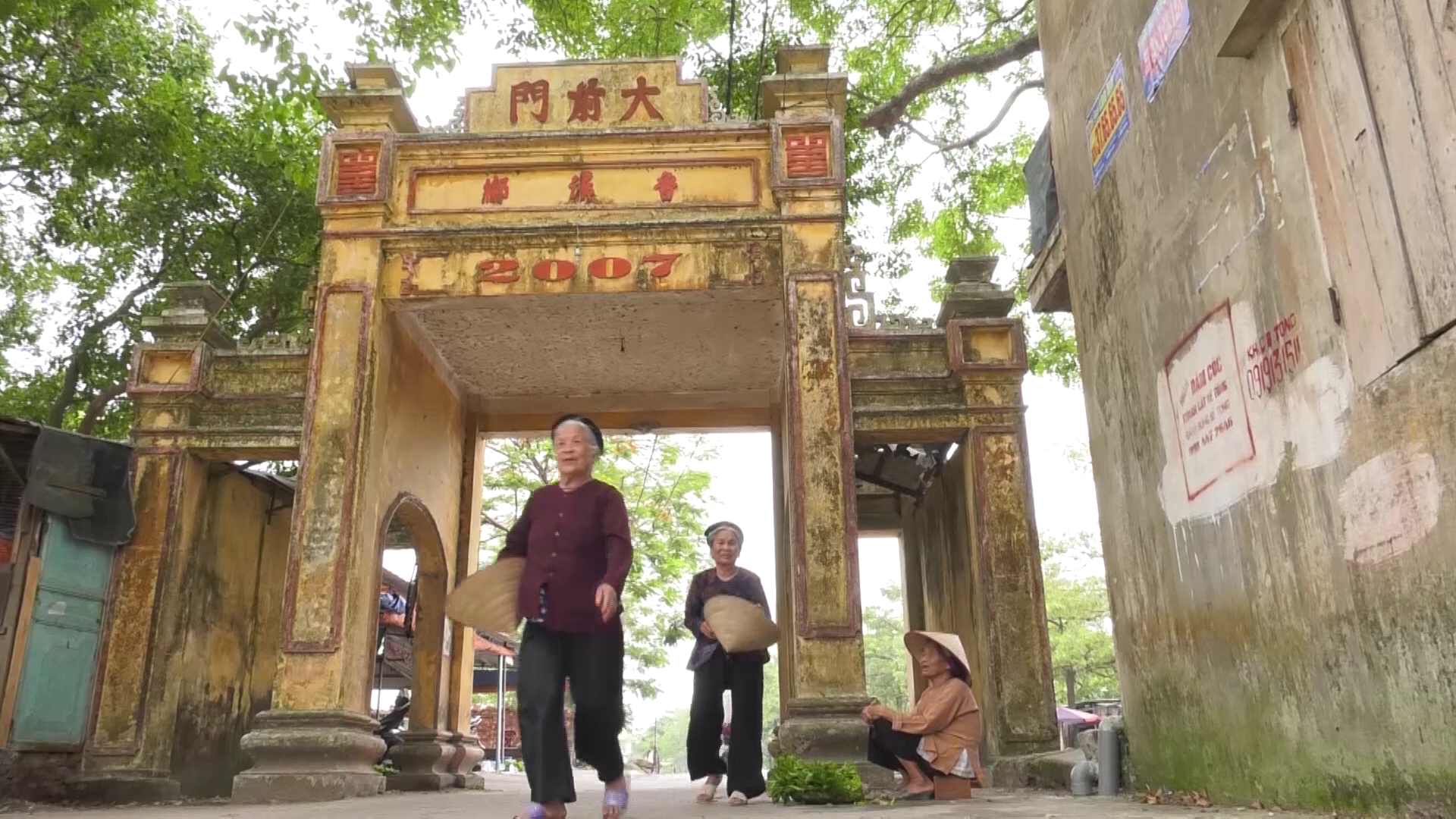

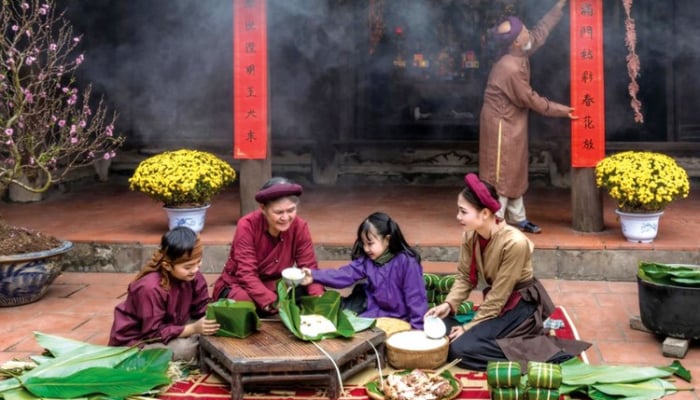


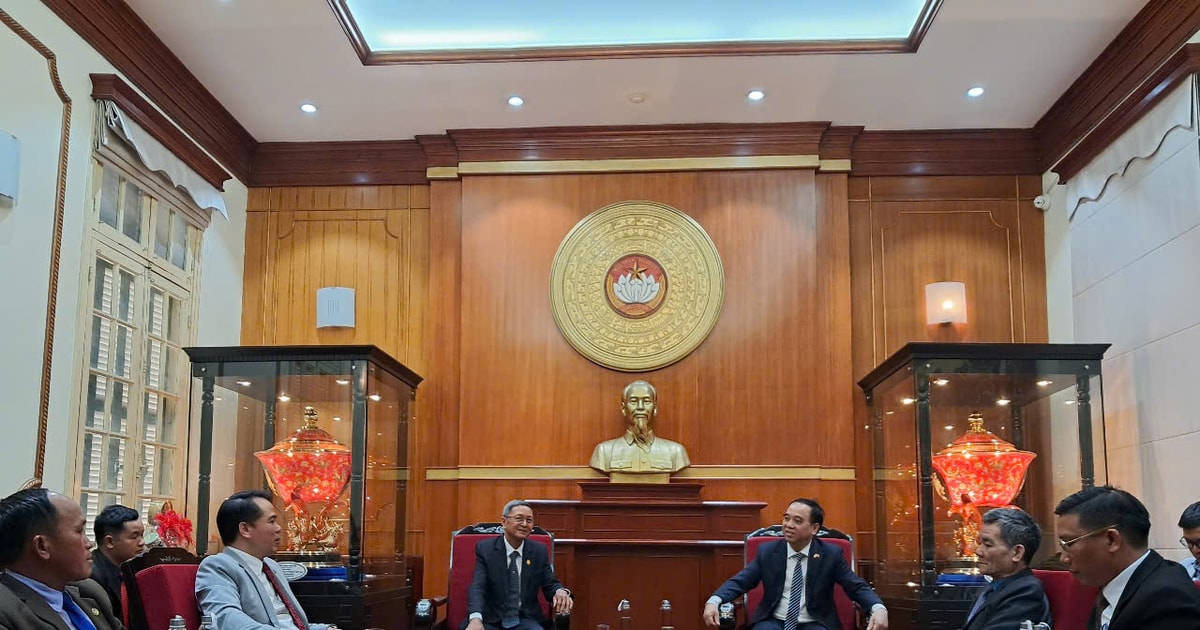





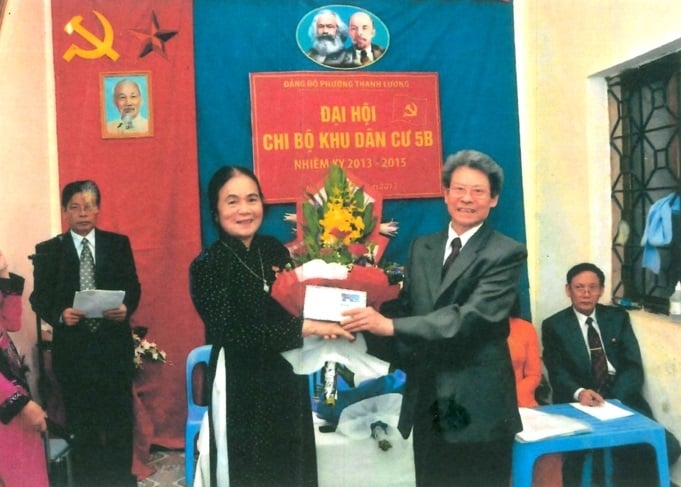


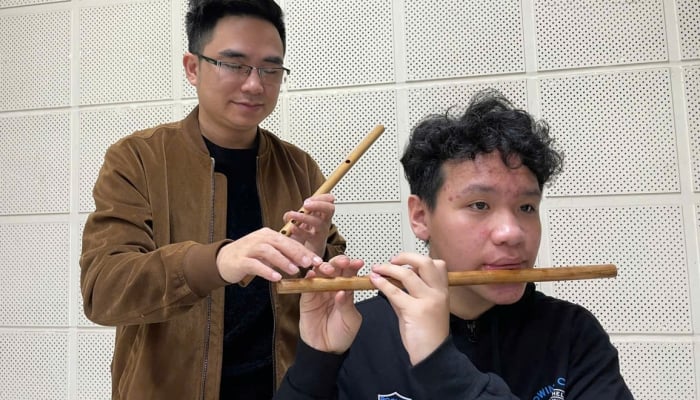







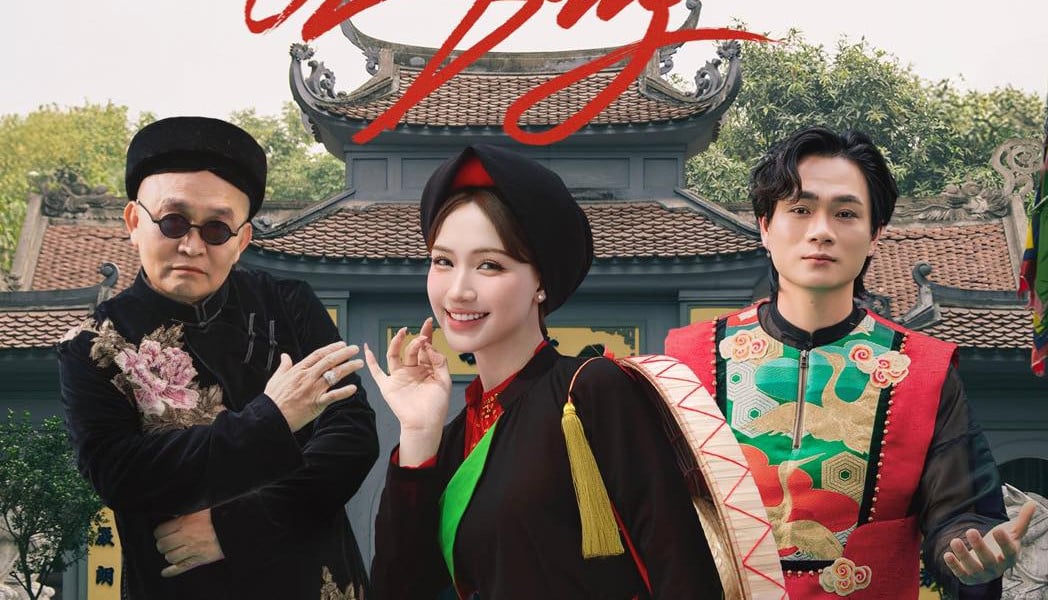









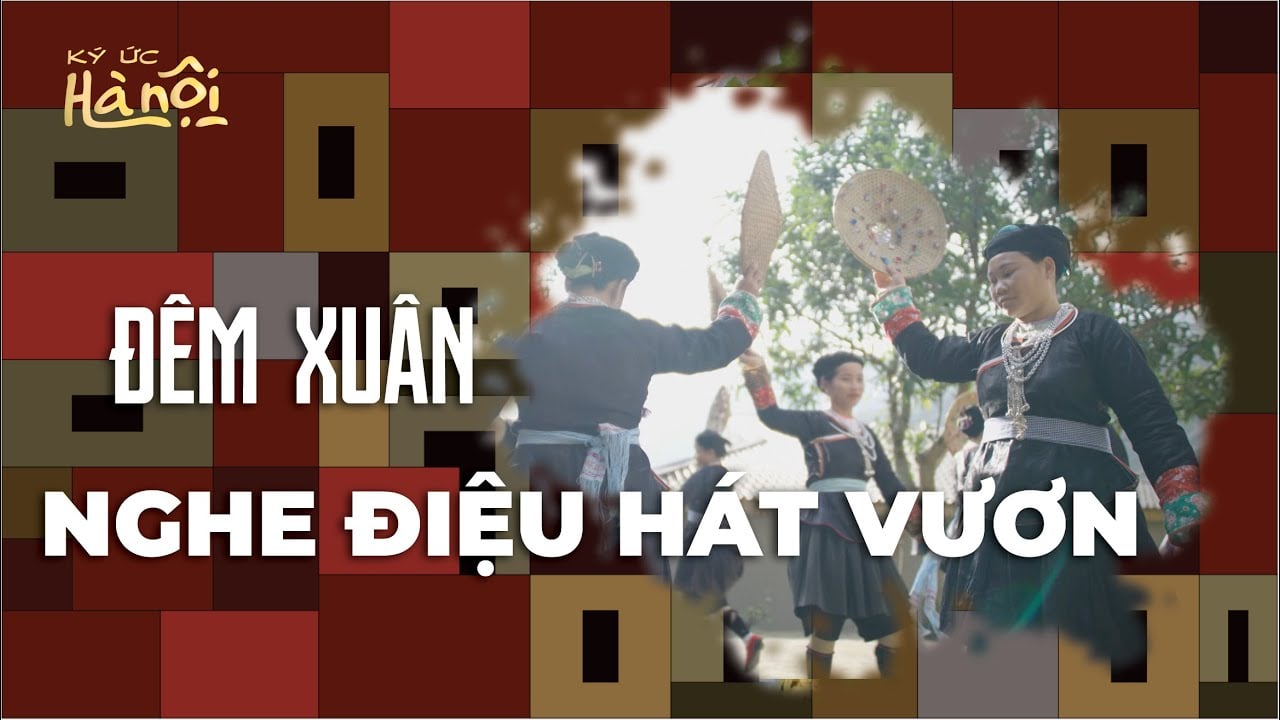

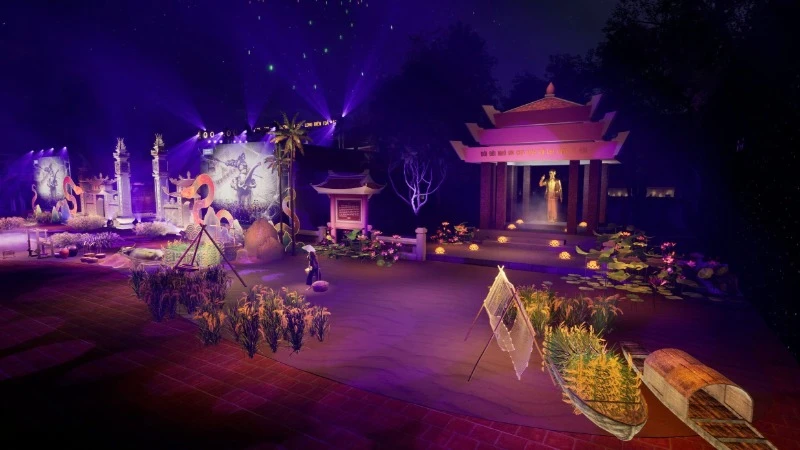
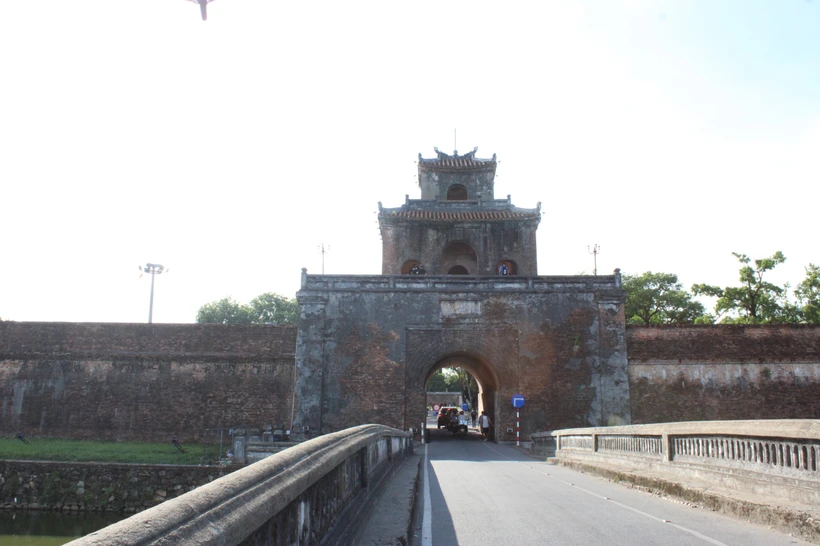




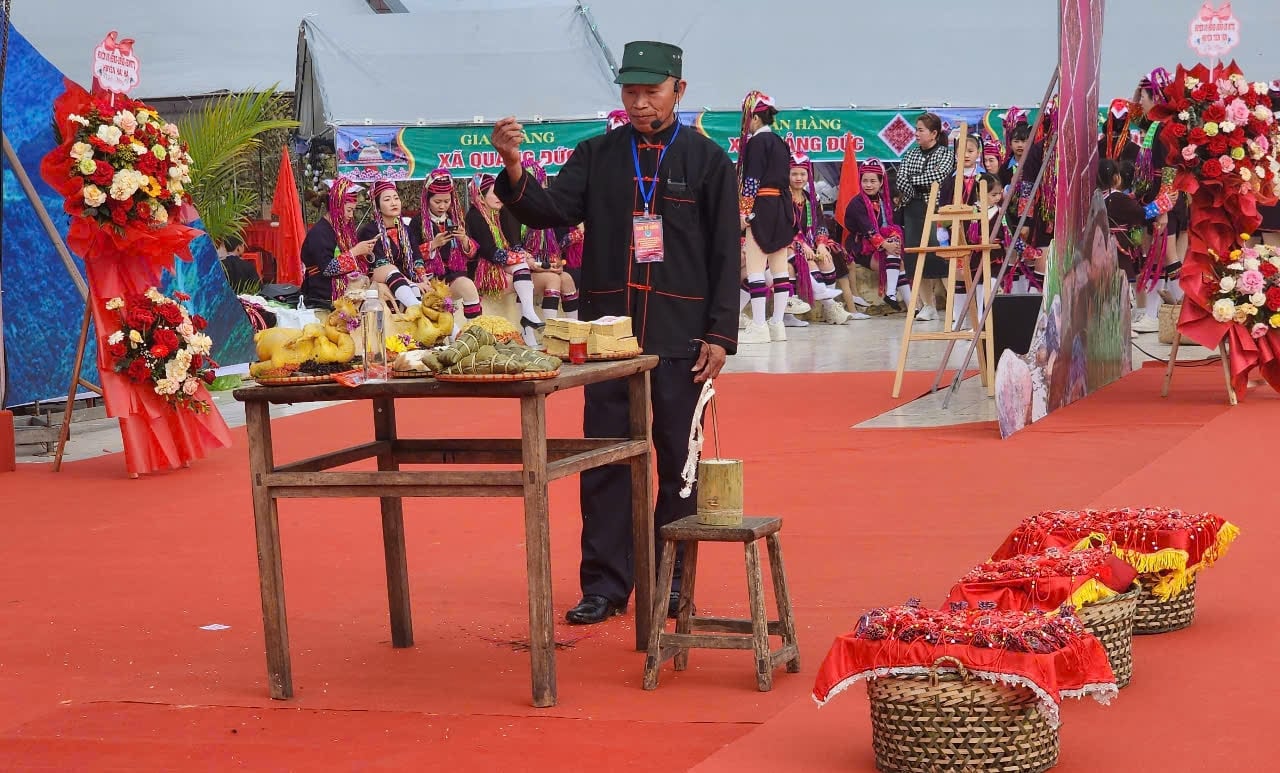

















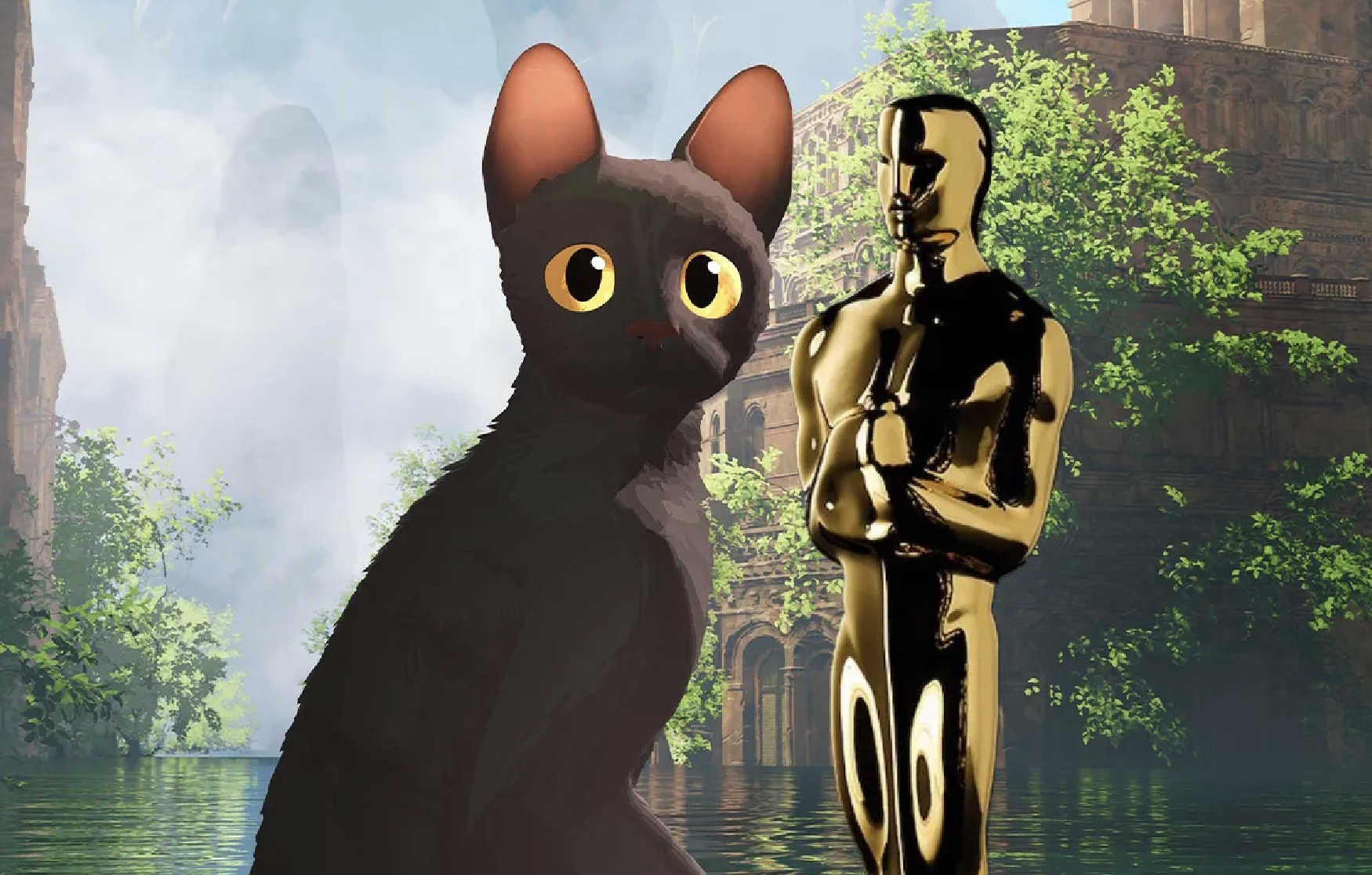

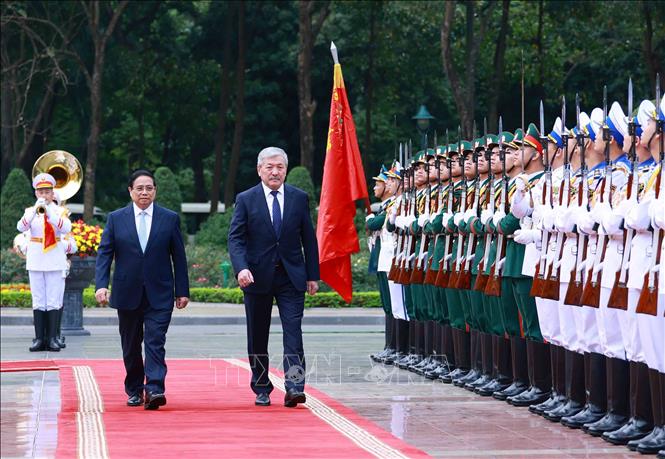









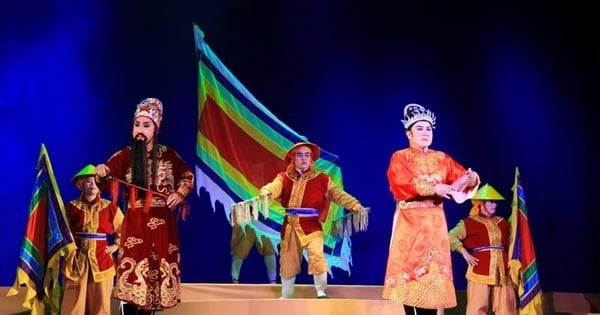













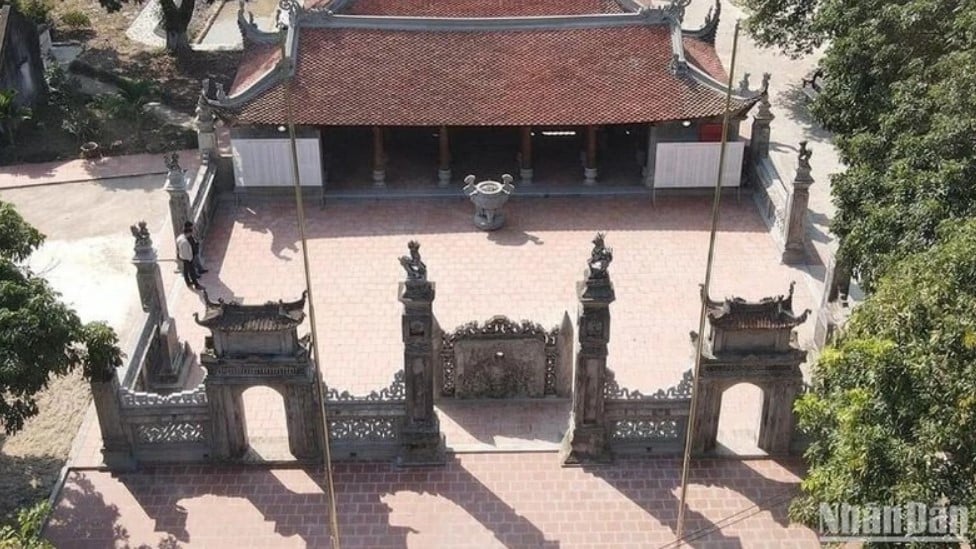





Comment (0)